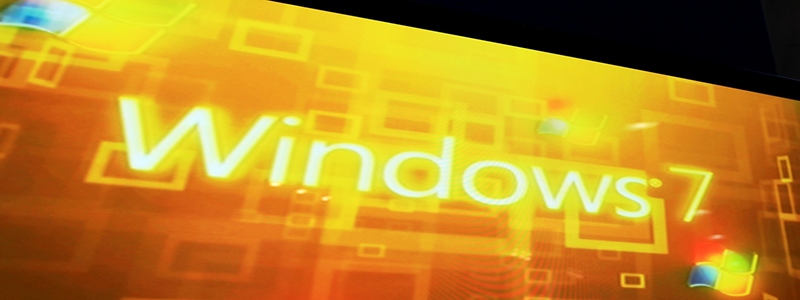
It is End of Life for Windows 7. What Comes Next?
Against all odds, Windows 7 has long outlived its expected lifetime. The StatCounter website estimates that Windows 7 is installed on 29.4% of Windows desktops worldwide as of September 2019—an entire decade after its release.
Windows 7 currently has more than three times the combined market share of its immediate successors, Windows 8 and Windows 8.1. Usage of Windows 7 is particularly high in regions like Asia and Africa, and it’s still the most popular Windows version in countries such as China, Algeria, and Lebanon. For Microsoft, the good news is that this number has been steadily declining since just a year ago, when Windows 7 market share stood at 37.2 percent of Windows desktops in September 2018. The bad news is that almost 3 in 10 Windows computers are still using an operating system that’s almost at death’s door. When the software reaches its end of life early next year, current Windows 7 customers will incur a number of serious risks and disadvantages. So what are your options when Windows 7 passes into the great beyond?
In this white paper, we’ll discuss everything you need to know about Windows 7 end of life: when it’s coming, why you really don’t want to be using it after that date, and what you can do to protect yourself.
